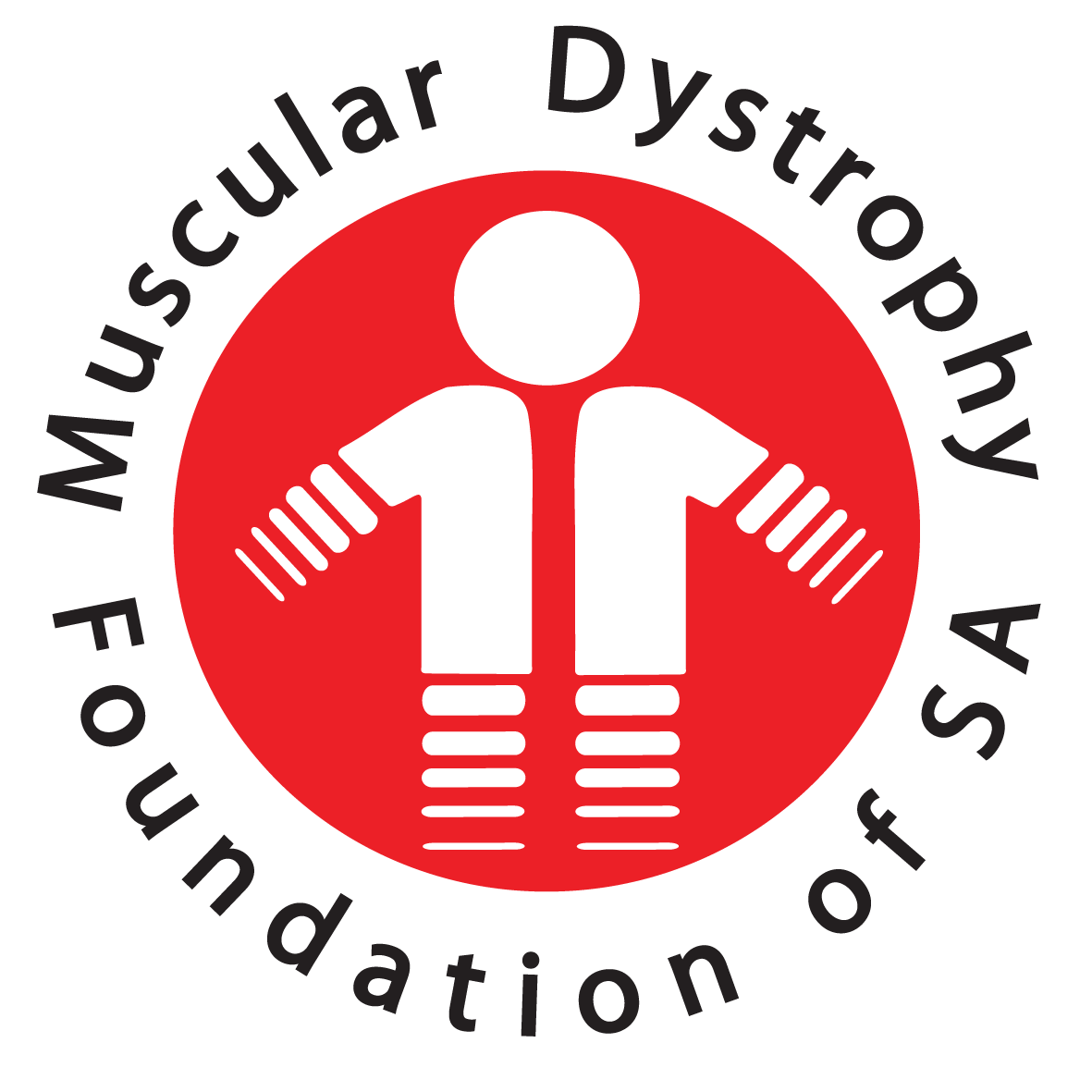Spinal Muscular Atrophy (SMA) Type 1
Respiratory care
- Breathing problems caused by weakness in the baby or infant’s chest muscles are inevitable.
- In some individuals, assisted ventilation is indicated, such as non-invasive ventilation.
- Assisted coughing helps to clear sputum and mucus plugs and suction and physiotherapy techniques can help this. In some cases a cough machine is indicated. These interventions should be performed only by trained and experienced persons.
- Breathlessness and sticky secretions can be helped with saline nebs although suction may be required if excess secretions are produced.
Chest infections
- Low threshold for the use of antibiotics during chest infections is recommended.
- Oxygen therapy is often needed during hospitalisation for a chest infection or to palliate symptoms. If ventilator support is being used, then oxygen therapy should be combined with the ventilator. Care should be taken to avoid the risk of raised carbon dioxide (waste gas) levels with oxygen therapy.
- During intercurrent illnesses medicine are often stopped or reduced. This must be kept to a minimum and nutritional support maintained as a priority if necessary by nasogastric continuous feeds.
Anaesthetic precautions
- In early stages of SMA, muscle cells develop certain abnormalities which can lead to dangerous reactions to muscle-relaxing drugs often used during surgery.
- When a child with SMA must undergo surgery special precautions need to be taken. Ideally the surgery should occur in a specialist centre with staff experienced in managing these individuals.
- After having a general anaesthetic, children must be weaned from invasive ventilator support (intubation) to non-invasive support. If a child was able to breathe by themselves prior to surgery, the aim would be to try to wean them back to their pre-op baseline.
Recommendations and precautions
- Immunisations should be kept up-to-date.
- As children with SMA Type 1 are at high risk of respiratory complications, it is advisable to have the RSV vaccination.
Fractures/trauma
- Bone density is poor owing to non-ambulation. Vitamin D supplementation is recommended, and calcium as indicated.
- Children are at risk after relatively low-impact injury. If more than two fractures have occurred, investigations for low bone density should be arranged at a specialist centre managing SMA.
- If the child has a suspected fracture: because of poor bone density, the radiologist should use a low threshold for X-ray.
Feeding difficulties and care
- Gastroesophageal reflux can occur in SMA. In children, symptoms may be subtle Anti-reflux medication should be prescribed and investigated further if required.
- Feeding supplementation occurs with the insertion of a nasal gastric tube.
- In some cases, gastrostomy insertion with a nissen fundoplication is indicated to prevent the feed passing from the stomach into the oesophagus (gastroesophageal reflux).
Reprinted with permission of Muscular Dystrophy UK. Reviewed by Dr J Wilmshurst, Head of Paediatric Neurology, Red Cross War Memorial Children’s Hospital
